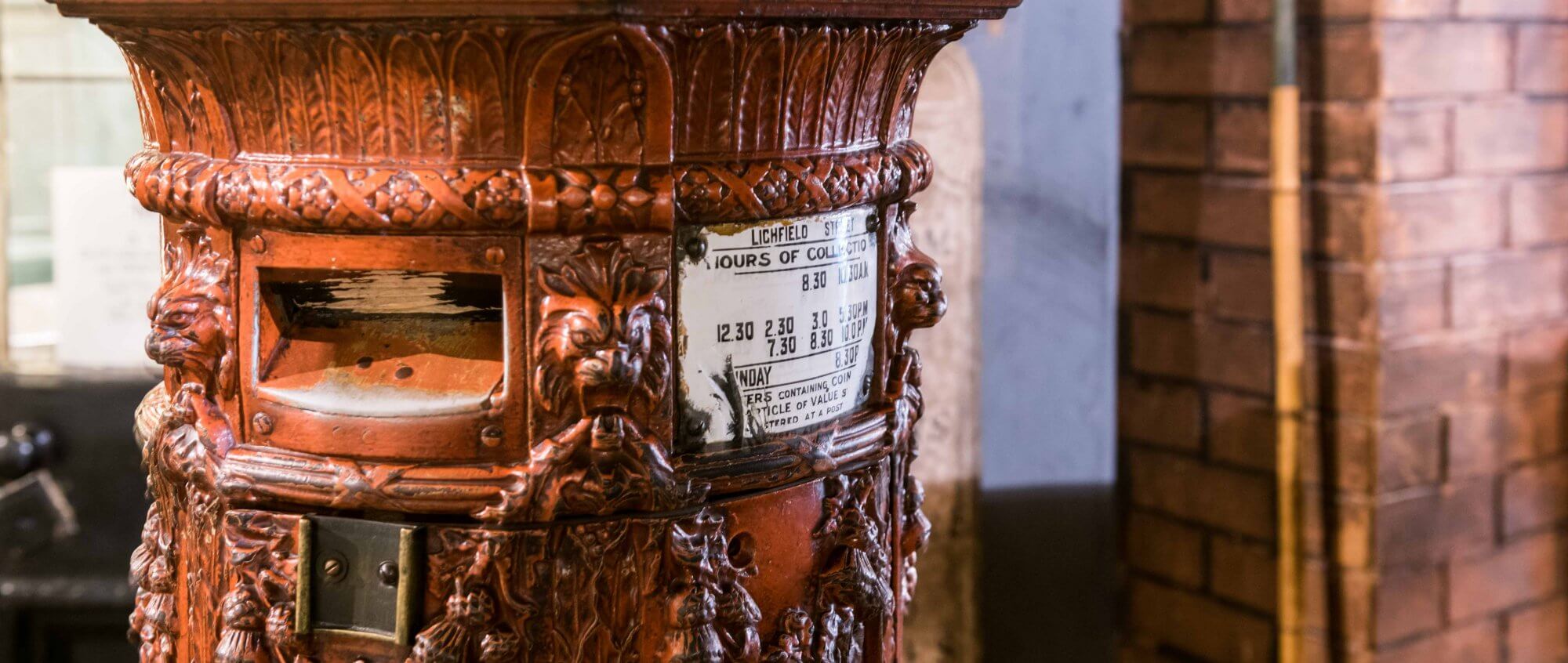More to Discover

In addition we hold a Victorian Art collection, a small but representative collection of British modern art, and a large collection of Pilkington Ceramics which includes the factory archive.
The Local History Library within the museum holds a wealth of material including maps, plans, trade directories and photographs all pertaining to Salford’s history.
For specific collection enquiries please contact our Collections Manager, Peter Ogilvie by emailing peter.ogilvie@scll.co.uk. Some parts of the collection are now accessible online.
Salford Museum & Art Gallery welcomes offers of donations and bequests from members of the public. Make a donation by clicking the button at the top of this page.
The museum’s collection database contains over 10,000 historical artefacts. Browse some of Salford Museum and Art Gallery’s social history collection using our online search facility.
This ongoing project to digitise the photography collection of the Local History Library has currently seen 20,000 of 70,000 images uploaded. Visit the Digital Salford website.
You can view all the oil paintings from the collection via ART UK which showcases all the oil paintings in public ownership in the UK.
Salford Museum and Art Gallery holds a fantastic collection of Pilkington’s Lancastrian Pottery which was made at the Clifton factory in Salford. The items span almost the entire history of the factory from 1889 to 2008 and is evidence of one of the most successful and longest surviving of the British art potteries founded in the late Victorian period.
A selection of items are on permanent display in the North Gallery here at Salford Museum and Art Gallery, and appointments can be made to view the reserve collection and archive.
We are delighted that, with funding from Booth Charities, we have been able to complete the documentation of the archive, conserve tile designs, run workshops and activities to engage people in the collection and produce an online searchable database of the ceramic collection.